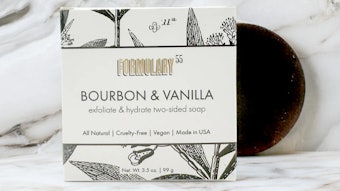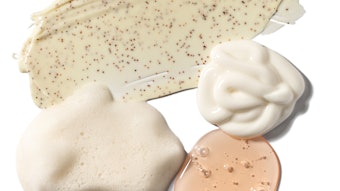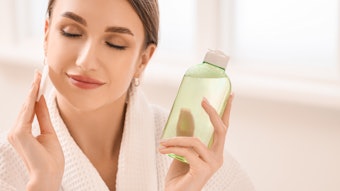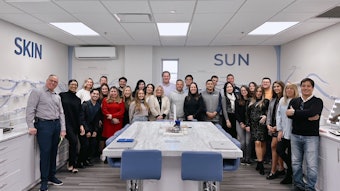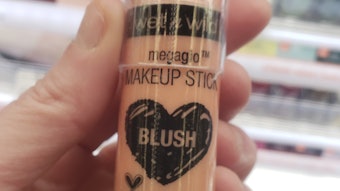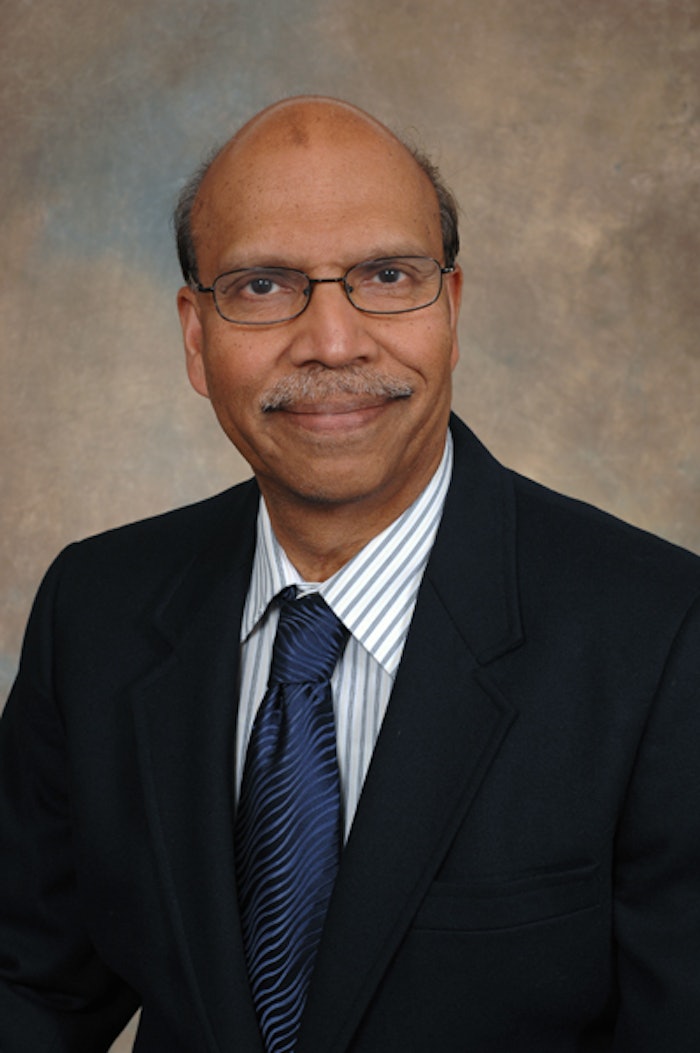
K.P. Ananthapadmanabhan (Ananth) is professor and director of Cosmetic Science Programs at the University of Cincinnati’s (UC’s) James L. Winkle College of Pharmacy. Here, he shares his path to cosmetic science, emerging trends in beauty, and highlights of how the UC Online Cosmetic Science Programs prepare and propel graduates in the cosmetic industry.
What inspired you to pursue a cosmetic science career and what led you to direct the UC program?
Cosmetic science is a multidisciplinary and ever-evolving field, offering both exciting and challenging research opportunities. My background in surfactants, polymers, and materials science made the transition into cosmetic science a natural one. My doctoral dissertation focused on soap chemistry, and my early industrial R&D work with a chemical supplier more than 40 years ago involved studying the role of cationic polymers in haircare and skincare.
I have always viewed skin, hair, and scalp as complex biomaterials, constantly exposed to cosmetic and personal care products as well as environmental factors such as temperature and humidity changes, UV radiation, and pollution. Protecting the skin and scalp barrier is essential for health, hygiene, and overall well-being across all ages. Throughout my career, the goal has been to create products that are both efficacious and gentle, while also delivering the right sensory experience.
What emerging trends in cosmetic science and formulation do you see shaping the industry?
There are several major trends currently driving creativity and innovation in the cosmetic and personal care industry. Broadly, these can be grouped into four categories: consumer-driven, technologydriven, regulatory-driven, and segmentspecific needs.
Consumer-driven innovation:
Consumers are increasingly seeking products with natural and sustainable ingredients, and this demand continues to grow year after year. Alongside this, the "free-from" movement—such as sulfate-free, fragrancefree, and silicone-free products—has become a powerful force. While many of these freefrom trends are not necessarily sciencebased, companies often choose to innovate in line with consumer expectations rather than challenge misconceptions. From an R&D perspective, these trends present both exciting and challenging opportunities for creative problem-solving.
Technology-driven innovation:
Scientific and technological advances are reshaping product development. Over the past two decades, our ability to image and measure skin properties in vivo has grown dramatically, improving understanding of skin aging and enabling more personalized solutions. Wearable technologies and realtime data collection via smartphones are opening possibilities for individualized skincare interventions, including early protection against barrier damage from UV or other environmental stressors. The emerging field of the skin microbiome, while still in its infancy, is expected to drive new prebiotic, probiotic, and postbiotic approaches to skincare, scalp care, and haircare.
Regulatory-driven innovation:
The regulatory landscape for cosmetics is evolving rapidly. In the U.S., the Modernization of Cosmetics Regulation Act (MoCRA) is still being implemented and will significantly influence the industry in the coming years. While large corporations are well-positioned to adapt, small companies and independent entrepreneurs selling through social media may face greater challenges. Globally, the list of acceptable preservatives, colorants, and sunscreen actives is narrowing, creating pressure—but also opportunity— for the development of novel, safe, and effective alternatives.
Segment-specific innovation:
Finally, the need for tailored solutions across different consumer segments presents a fertile area for R&D. Differences in the biology and biophysics of skin, scalp, and hair across populations, age groups, and conditions demand more targeted approaches. Infant skin care, for example, remains an active area of research. Around 20% of children worldwide develop atopic dermatitis (AD), and evidence suggests that strengthening the skin barrier in early childhood may reduce the incidence of AD and its lifelong consequences, such as food allergies. At the other end of the spectrum, an aging population brings new challenges, including fragile skin and barrier repair in the very elderly. Sensitive skin represents another unmet need, as its underlying causes remain poorly understood.
Together, these four drivers—consumer demand, scientific progress, regulatory changes, and segment-specific needs—define the frontier of cosmetic and personal care innovation. Each represents an active area of research, full of opportunities for developing the next generation of transformative products.
UC Online can support students globally. How does each student connect and engage in the program while fully online?
Even though our program is fully online, we strive to make it individualized and personal at every stage. Each student is paired with a faculty advisor who helps design a Plan of Study that aligns with their work schedule, career goals, and expectations. At the start of their first semester, students are invited to a virtual meet-and-greet session where faculty answer questions and provide guidance on navigating the program.
Faculty stay closely connected with students through our online learning platform, Canvas, and are easily accessible by email or phone. While most courses are asynchronous, our journal club requires live participation. To accommodate working professionals and students across time zones, we offer two evening session options each semester.
As students advance to the capstone stage, they work with three faculty advisors to select a topic. Each student is then paired with an expert mentor who provides one-onone guidance over nearly three semesters. This mentorship experience is invaluable, culminating in a final capstone dissertation presentation that is open to the wider student community via Zoom.
We also encourage professional engagement. Many of our students and faculty connect in person at industry events such as the Society of Cosmetic Chemists (SCC) Annual Scientific Conference and Suppliers’ Day. These gatherings provide a special opportunity for online students to meet faculty and peers face-to-face.
In short, while our program is online, we work hard to provide rich opportunities for personal connection, mentorship, and community—helping students feel supported, engaged, and part of something bigger.
Disclaimer:
The above paid-for content was produced by and posted on behalf of the Sponsor. Content provided is generated solely by the Sponsor or its affiliates, and it is the Sponsor’s responsibility for the accuracy, completeness and validity of all information included. Cosmetics & Toiletries takes steps to ensure that you will not confuse sponsored content with content produced by Cosmetics & Toiletries and governed by its editorial policy.

